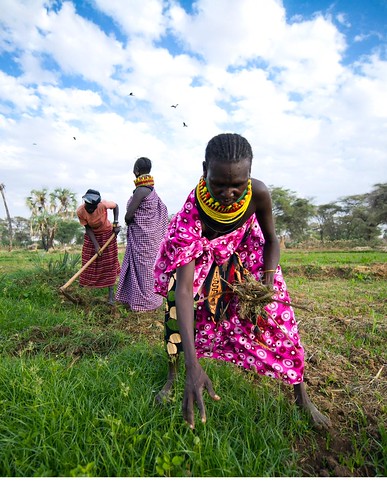
The Economic Research Service (ERS) has, since the late 1970s, reported annually on food security in a number of developing countries. A key indicator is the number of food-insecure people (those who each consume less than a nutritional target of 2,100 calories per day). In the latest report, we estimate food security in 76 countries, in four regions.
For 2012, we estimate the situation overall to improve slightly, with the number of food-insecure people declining to 802 million people, from 814 million in 2011. The decade ahead presents a different picture, with food-insecure numbers rising by 37 million, although this 4.6 percent increase is below the 16.7-percent rise in population.
The key factors we measure in determining the level of food security are countries’ domestic food production and their import capacity. In the Asian and Sub-Saharan African regions studied, domestic food production generally plays the most critical role in food security, so increasing output of staple crops will be crucial in improving food security. The countries studied in Latin America and North Africa import a large share of their food supplies, so the capacity to pay for imports is more significant.
In Sub-Saharan Africa, the region where food insecurity is generally more concentrated, the number of food-insecure people is estimated to decline by 4.3 percent between 2011 and 2012. That slight improvement can be almost entirely attributed to higher expected food production levels. But over the next decade a sizable increase in food insecure people – 15 percent - is projected for the region. The bright spot for the decade is that the share of the population that is food insecure in sub-Saharan Africa is projected to fall from about 42 percent in 2012 to 38 percent in 2022.
Conditions vary within regions, and even within Sub-Saharan Africa, the food security situation is expected to improve for some countries. Among the factors in raising food production levels are a country’s ability to make needed investments in new technologies, and farmers’ skills and willingness to adopt the provided technologies.
Our latest International Food Security Assessment contains data on another key indicator of food security: the distribution gap, or the quantity of food needed for each income decile within a country to reach the nutrition target of about 2,100 calories per day. Overall, the distribution gap is projected to hold constant over the next decade. Our report also points out differences among and within regions.
